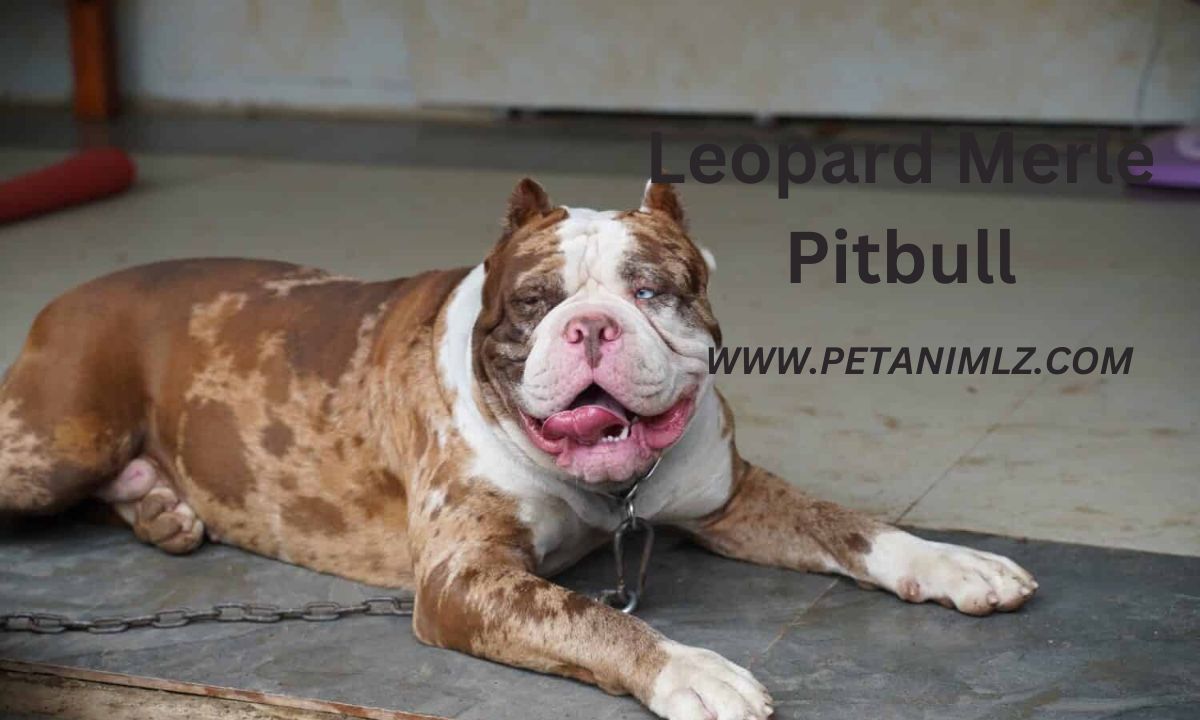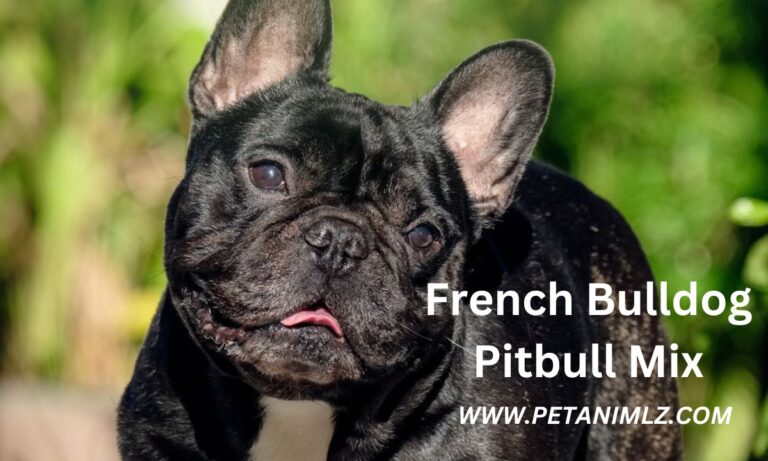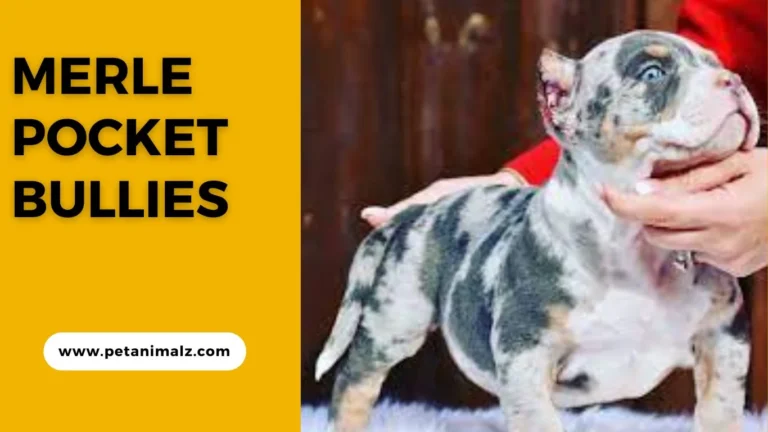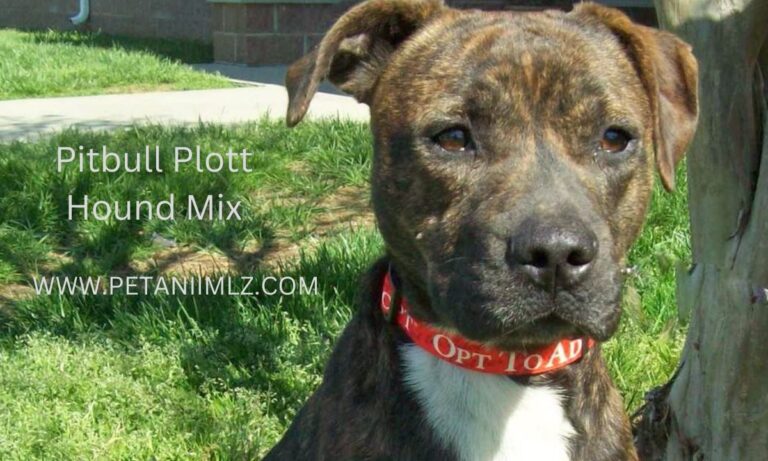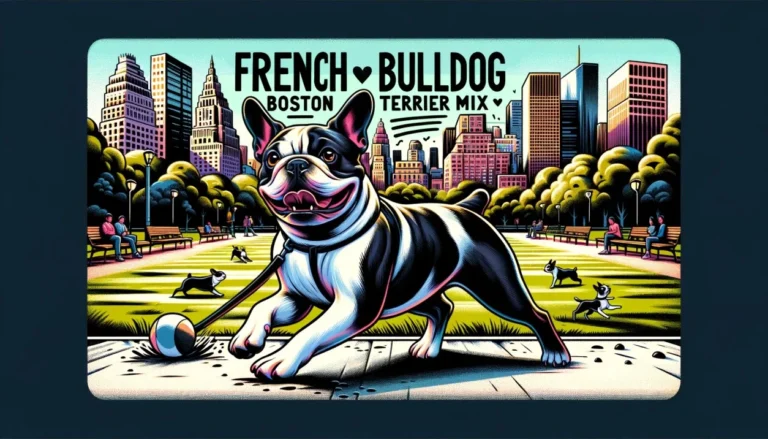Leopard Merle Pitbull: Your Complete Guide
Introduction
In this article, complete information about Leopard Merle Pitbull is given. Imagine a dog that combines the strength and loyalty of a Pitbull with the exotic, eye-catching coat of a leopard. Meet the Leopard Merle Pitbull. In this comprehensive guide, we’ll dive into the history, characteristics, and care tips, and answer some common questions about this unique and captivating breed.
What is a Leopard Merle Pitbull?
- Definition and Origin: A Leopard Merle Pitbull is a specific variation of the American Pitbull Terrier, characterized by its unique merle coat that resembles the spots of a leopard.
- Brief History: The Leopard Merle Pitbull is a relatively new variation, emerging from selective breeding practices aimed at combining the merle coat pattern with the robust physique of a Pitbull.
- Comparison with Other Breeds: Unlike regular Pitbulls, which have solid or dual-colored coats, Leopard Merle Pitbulls boast a more complex pattern. They also differ from other merle-coated breeds like Australian Shepherds in terms of size and temperament.
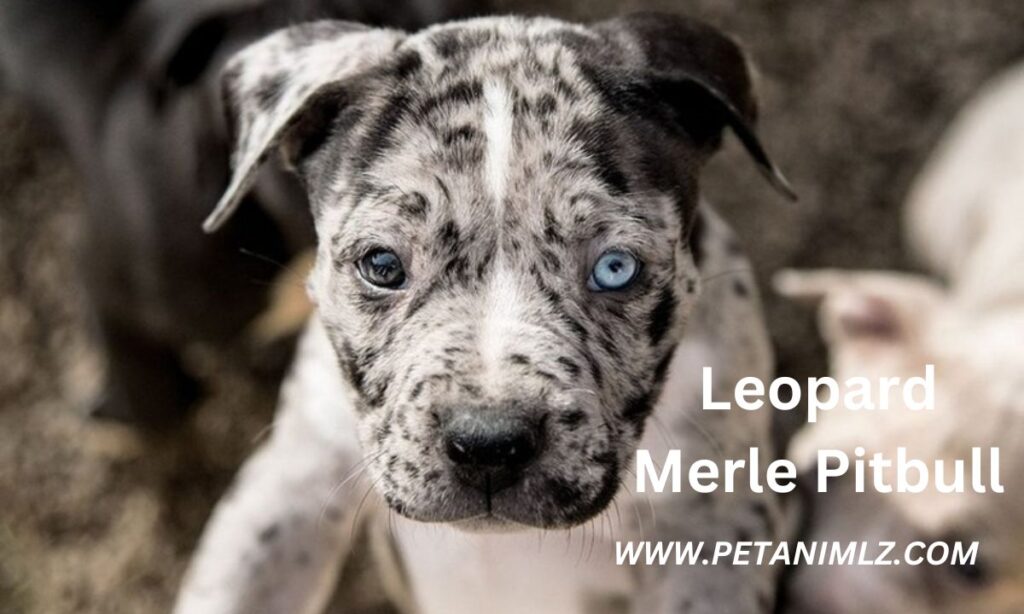
The Genetics Behind the Merle Coat
- Explanation of the Merle Gene: The merle gene is responsible for the dappled coat pattern. It dilutes the base color, creating lighter patches and spots.
- Inheritance: The merle gene is dominant, meaning only one parent needs to carry it for the offspring to potentially inherit the pattern.
- Responsible Breeding: It’s crucial to breed responsibly, as breeding two merle-coated dogs can lead to health issues like deafness and blindness.
Physical Characteristics
- Coat Patterns and Colors: The coat is the star of the show, featuring spots and patches in various shades like gray, black, and brown.
- Size and Weight: Generally, they weigh between 30-70 pounds and stand about 17-21 inches tall.
- Other Features: These dogs often have striking blue or green eyes and their ear shape is typically medium-sized and rose-shaped.
Personality and Temperament
- Behavior Traits: Leopard Merle Pitbulls are known for their loyalty, intelligence, and playfulness.
- Family Compatibility: They are great with families and get along well with kids and other pets when properly socialized.
- Common Misconceptions: Despite the bad rap that Pitbulls often get, Leopard Merle Pitbulls are generally not aggressive by nature. Like any dog, their temperament largely depends on upbringing and socialization.
How to Care for a Leopard Merle Pitbull
- Dietary Needs:
- High-quality dog food rich in protein is essential for their muscular build.
- Be cautious with human food; avoid chocolate, grapes, and other toxic items.
- Exercise Requirements:
- These dogs are energetic and playful, requiring at least an hour of exercise daily.
- Activities can include walks, fetch, and agility training.
- Grooming Tips:
- Their unique coat requires regular brushing to remove loose fur and distribute natural oils.
- Bathe them only when necessary to maintain the coat’s natural sheen.
Health Concerns to Be Aware Of
- Common Health Issues:
- Like many breeds, they can suffer from hip dysplasia and allergies.
- Due to the merle gene, they may be prone to eye and ear issues.
- Regular Vet Check-ups:
- Routine vet visits are crucial for vaccinations and to monitor any potential health issues.
- Special Considerations:
- If you’re considering breeding, consult a geneticist to avoid potential health risks associated with the merle gene.
Merle Coloring in Pitbulls
The merle gene is responsible for a unique and visually striking coat pattern in dogs, including Pitbulls. This pattern is characterized by a mottled or “marbled” effect, which can appear over any base coat color. The merle gene dilutes random sections of the coat to a lighter color, often appearing as patches or specks. While merle coloring is beautiful, it’s essential to understand that breeding merle Pitbulls should be done responsibly due to potential health risks associated with the gene.
Types of Merle Pitbulls
Grey Merle Pitbull
- Appearance: A base coat of grey with lighter grey or white patches.
- Popularity: Fairly common among merle Pitbulls.
- Health Concerns: Standard for merle dogs; potential for eye or ear issues.
Lilac Merle Pitbull
- Appearance: A soft purple-grey base coat with lighter patches.
- Popularity: Rare and highly sought after.
- Health Concerns: Similar to other merle Pitbulls; breeding should be done carefully.
Chocolate Merle Pitbull
- Appearance: A rich brown base coat with lighter brown or tan patches.
- Popularity: Less common but gaining popularity.
- Health Concerns: Standard for merle dogs.
Brown Merle Pitbull
- Appearance: A medium to dark brown base coat with lighter brown patches.
- Popularity: Fairly common.
- Health Concerns: Standard for merle dogs.
Brindle Merle Pitbull
- Appearance: A brindle pattern (dark stripes) over a merle base coat.
- Popularity: Rare and visually striking.
- Health Concerns: Complexity in pattern may lead to additional health concerns.
White Merle Pitbull
- Appearance: Predominantly white coat with subtle merle patches.
- Popularity: Rare due to the lightness of the coat.
- Health Concerns: Increased risk for deafness and sun sensitivity.
Black Merle Pitbull
- Appearance: Black base coat with lighter grey or white patches.
- Popularity: Fairly common.
- Health Concerns: Standard for merle dogs.
Fawn Merle Pitbull
- Appearance: Light tan or fawn base coat with lighter patches.
- Popularity: Less common.
- Health Concerns: Standard for merle dogs.
Ghost Merle Pitbull
- Appearance: Very subtle merle pattern, almost invisible.
- Popularity: Rare and often not recognized as merle.
- Health Concerns: Standard for merle dogs but may be unknowingly bred, increasing health risks.
Champagne Merle Pitbull
- Appearance: Light tan or cream base coat with lighter patches.
- Popularity: Rare and highly sought after.
- Health Concerns: Similar to other light-colored merle Pitbulls; increased risk for sun sensitivity.
Tan Merle Pitbull
- Appearance: Tan base coat with lighter tan or cream patches.
- Popularity: Fairly common.
- Health Concerns: Standard for merle dogs.
Responsible Breeding
It’s crucial to approach the breeding of merle Pitbulls with responsibility and knowledge. Breeding two merle dogs can result in puppies with severe health issues, including blindness and deafness. Always consult with a veterinarian and a genetic counselor when considering breeding merle Pitbulls.
FAQs
Are Leopard Merle Pitbulls Rare?
Yes, they are relatively rare due to the specific breeding required for the merle coat.
How Much Do Leopard Merle Pitbulls Cost?
Prices can range from $500 to $2000, depending on lineage and other factors.
Are They Aggressive?
Generally, no. Like all dogs, their temperament depends on upbringing and socialization.
What Is Their Lifespan?
Typically, they live between 12-14 years, although this can vary based on health and care.
What kind of Pitbull has leopard spots?
The kind of Pitbull that has leopard-like spots is known as a Leopard Merle Pitbull. This unique coat pattern is due to the presence of the merle gene.
How rare is a merle Pitbull?
Merle Pitbulls are relatively rare compared to other coat patterns. The merle gene is not naturally occurring in Pitbulls and is introduced through specific breeding practices.
How much are merle Pitbulls worth?
The price of a merle Pitbull can vary widely, ranging from $500 to $2000 or even more, depending on factors like lineage, breeder reputation, and other specific traits.
What breed makes a merle Pitbull?
The merle coat pattern is introduced into Pitbulls through cross-breeding with breeds that naturally carry the merle gene, such as Australian Shepherds or Collies.
Can I breed 2 merle dogs?
Breeding two merle dogs is generally not recommended due to the risk of health issues in the offspring, such as deafness and blindness. Always consult a geneticist or a knowledgeable breeder when considering such breeding.
Is merle dog a defect?
The merle gene itself is not a defect, but it can lead to health issues if not managed responsibly. Breeding two merle dogs can result in puppies with severe health problems.
What is the most expensive Pitbull?
The most expensive Pitbulls are often those with rare coat colors or patterns, like merle, or those with a highly reputable lineage. Prices can go up to several thousand dollars.
What’s the most expensive dog?
The most expensive dog breeds often include Tibetan Mastiffs, Samoyeds, and Lowchen. Prices can range from a few thousand dollars to over a million in some extreme cases.
Why is merle so expensive?
Merle dogs are often more expensive due to their rare and unique coat patterns, which are highly sought after. The breeding practices to produce merle coats are also more specialized, adding to the cost.
Is a merle a bully?
A merle can be a type of American Bully if it has the specific traits that define the American Bully breed. The term “bully” in this context refers to a breed, not a temperament.
Are puppies born merle?
Yes, puppies with the merle gene are born with their unique coat patterns. The pattern may become more defined as they grow, but the basic merle pattern is present at birth.
What two dog colors make merle?
The merle pattern is not the result of combining two colors but is due to a specific gene that dilutes the base coat color to create lighter patches. One parent with the merle gene can produce merle puppies, regardless of the other parent’s coat color.
Conclusion
In summary, Leopard Merle Pitbulls are a unique and captivating breed, combining the best of Pitbull traits with a stunning, leopard-like coat. They’re loyal, energetic, and make excellent family pets when properly cared for.
If you’re considering adding one to your family, remember to adopt responsibly and consult professionals for their care and health needs. After all, a happy dog makes for a happy home!
